ASIC Miner ICERIVER KAS KS0 Profitability In the realm of cryptocurrency mining, the Iceriver KAS KS0 miner has garnered widespread attention. Tailored specifically for the Kaspa network's KHeavyHash algorithm, it boasts high hashing power and low power consumption, making it an ideal choice for many miners. In this article, we will comprehensively assess IceRiver KS0 profitability while considering the Kaspa market conditions and the attributes of KS0 miner. Kaspa Market Dynamics Kaspa is a vibrant cryptocurrency network aimed at delivering high performance and scalability for everyday transactions. At the time of writing this article, the Kaspa coin trades at approximately $0.04959. But it's essential to note that cryptocurrency markets are highly susceptible to price volatility. Hence, investors must remain vigilant about market dynamics. Additionally, the Kaspa network's mining difficulty and reward mechanisms play a role in mining returns. Attributes of the IceRiver KS...
Antminer L3++ Litecoin Miner Review
At present, the Antminer L3 series includes three versions: Antminer L3 (Hash rate 250Mh/power consumption 400W), Antminer L3+ (hash rate 500Mh/power consumption 800W), Antminer L3++ (hash rate 580Mh/power consumption 942W), all use BM1485 chip.
L3 series LTC miners are also known as Scrypt miners. Besides Litecoin mining, it also works with any Scrypt-based cryptocurrency.
This time, we will review the Antminer L3++.
Unpacking photos
Antminer L3++ is packed in an industrial carton with complete logistics and storage labels and brand logos.
The miner is wrapped with air bubbles and EPE foam to effectively ensure safe transportation.
Antminer L3++ adopts front and rear dual-fan design, and the alloy shell is small, sturdy, and beautiful.
A warning label is attached to the side.
From above, we can see that the miner consists of four hash boards, each with two PCI-E 6PIN interfaces and four data cables connecting to the control board.
The lid and power socket (PCI-E 6PIN) are on the top, and there is an Antminer L3++ barcode on the lid.
The data cable interface adopts the buckle design to ensure close contact and stable data transmission.
Front: IP button, network cable socket, reset button, status light, Antminer logo, and QC label. 12cm fan (12v2.3A) for air intake.
There is a 12cm cooling fan (12V 2.3A) at the rear of the miner to exhaust air.
Miner physical parameters:
Install and test
The installation settings of Antminer L3++ are similar to Antminer L3+ models. It is recommended to refer to the Support - Asic Miner Manual page of ZEUS MINING's official website. After the setup is complete, the miner starts running after tens of seconds. Live status is displayed on the Miner Status page.
The status light shows that the miner is running normally.
Performance testing
The test uses the Antminer APW3-12-1600-B2 power supply, and the conversion rate is as high as 93.5%. In this test, the indoor noise is about 39dB, and the indoor temperature is about 26°C during the day and 20°C at night.
The default frequency is 450, long-term operation, the average hash rate is about 593M, the curve is stable, and there is no apparent fluctuation.
The test power is 1040W.
Overclocking concept: Each miner is slightly different according to its quality. Under the premise of stable operation, it can be increased by two to three gears each time. In our tests, the default frequency was 450, raising the third gear to 469.
The average hash rate after a long run is around 610M.
The test power is 1080W.
During regular operation, the fan speed is about 4300 rpm during the day, and the measured noise is about 83dB at a distance of about 20cm from the miner.
The default setting of the fan speed is automatically adjusted according to the ambient temperature. During regular operation at low temperatures at night, the fan speed drops to about 3900 rpm, and the measured noise is about 80dB at about 20cm.
In terms of temperature, when the miner runs normally and stably, the chip temperature on the "Miner Status" page is 50-58°C. However, the measured temperature of the air inlet is 30.1°C.
The measured temperature of the air outlet is 34.6 ℃.
Generalize
·LTC Antminer L3++ is an optimized and upgraded version of L3+, and the hash rate of a single miner is increased by about 90M.
·Long-term stable operation, the measured average hash rate is about 593M, and the power is 1040w.
·There is a particular overclocking space (depending on the actual situation of each miner).
·Applicable to all cryptocurrencies using the Scrypt algorithm.
·A bit noisy, but now common for large hash rate miners.
·Good heat dissipation, the slight temperature difference between front and rear, conducive to long-term stable operation.
·The compact and robust design makes it easy to handle and is mainly used in mining farms.
The content and pictures of this article are from the Internet, compiled and edited by ZEUS MINING.


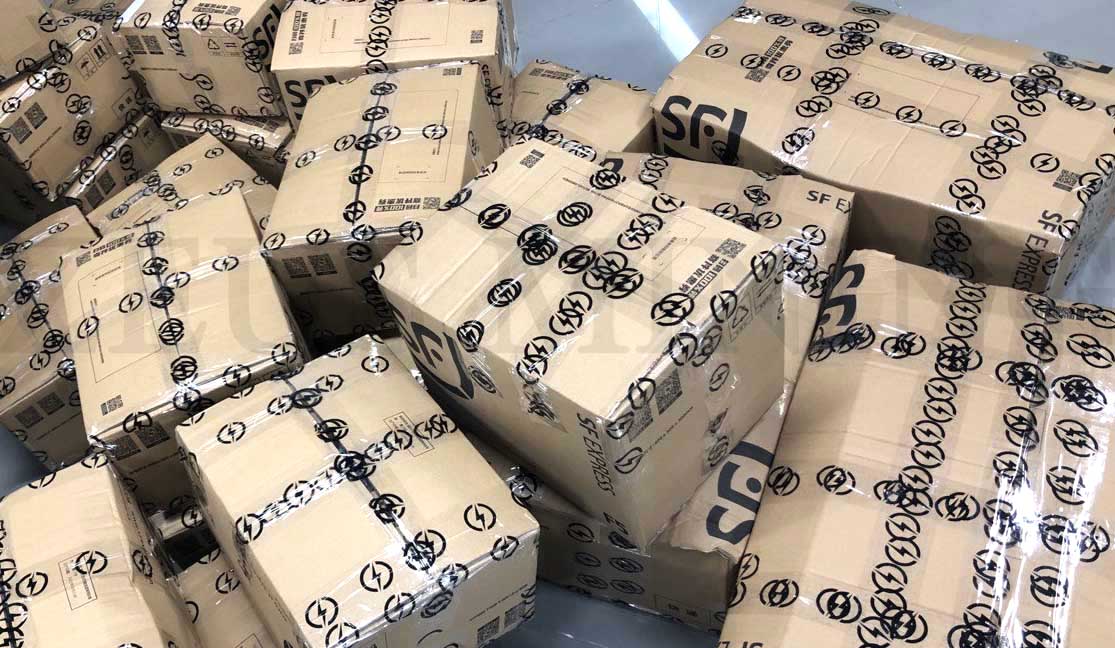

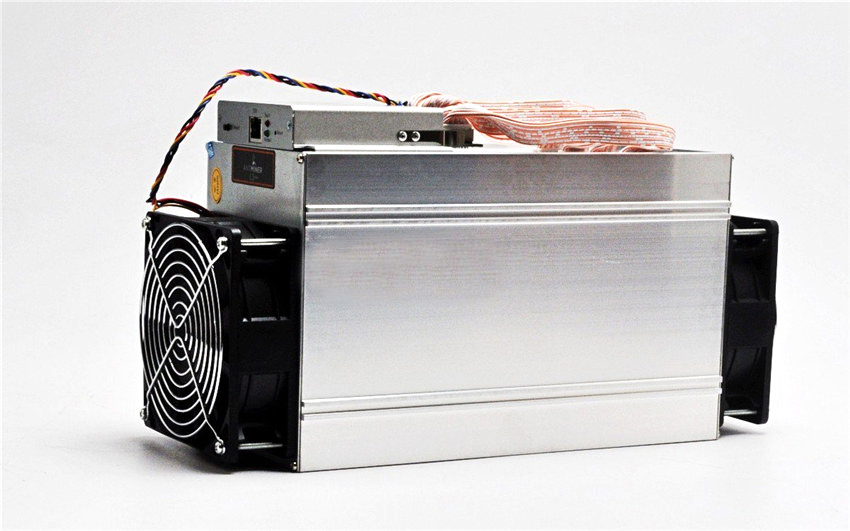
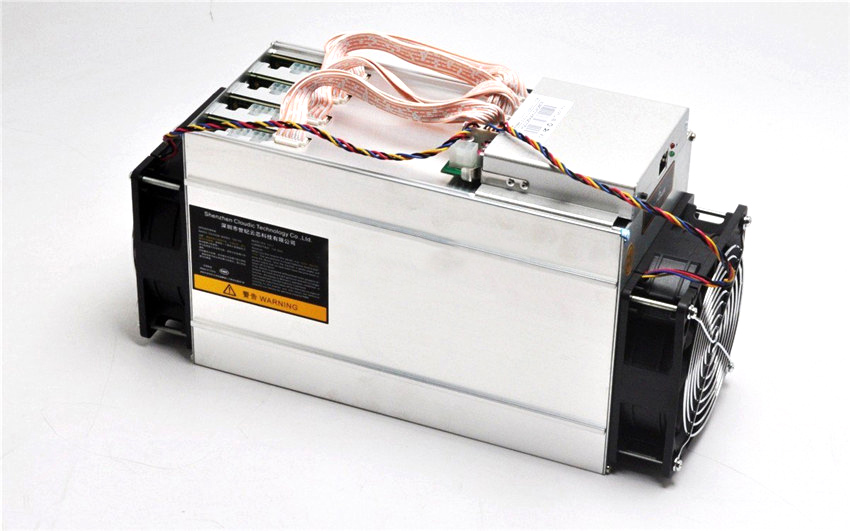
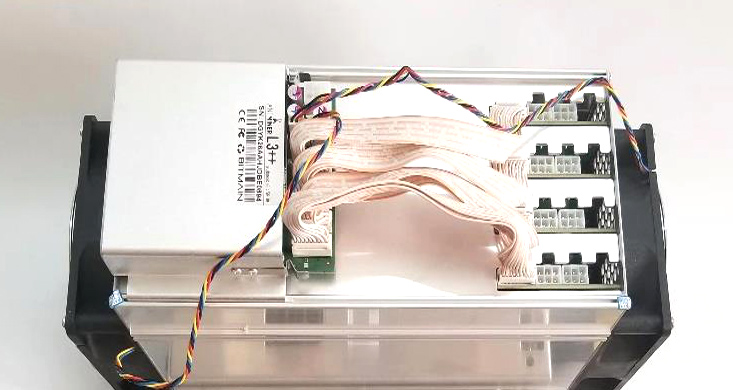


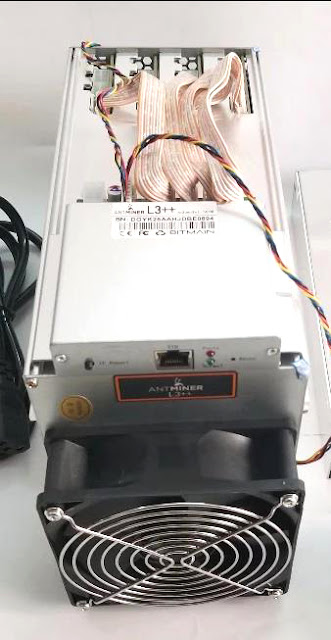
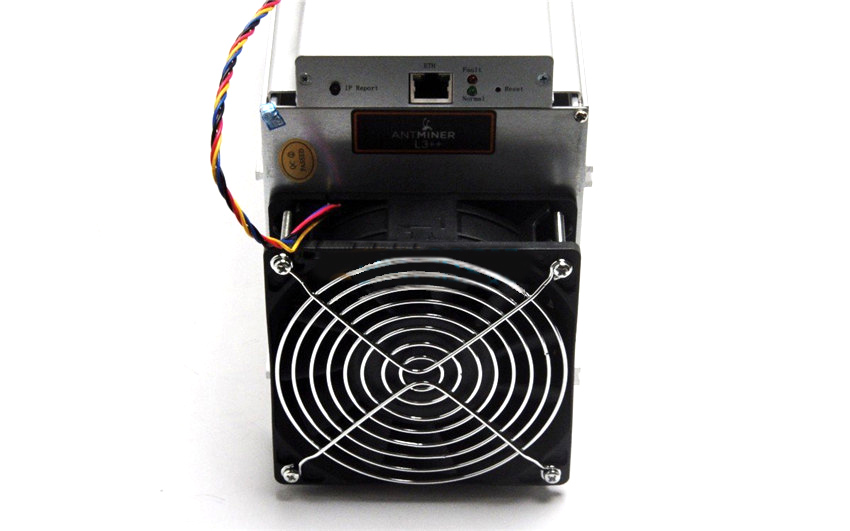
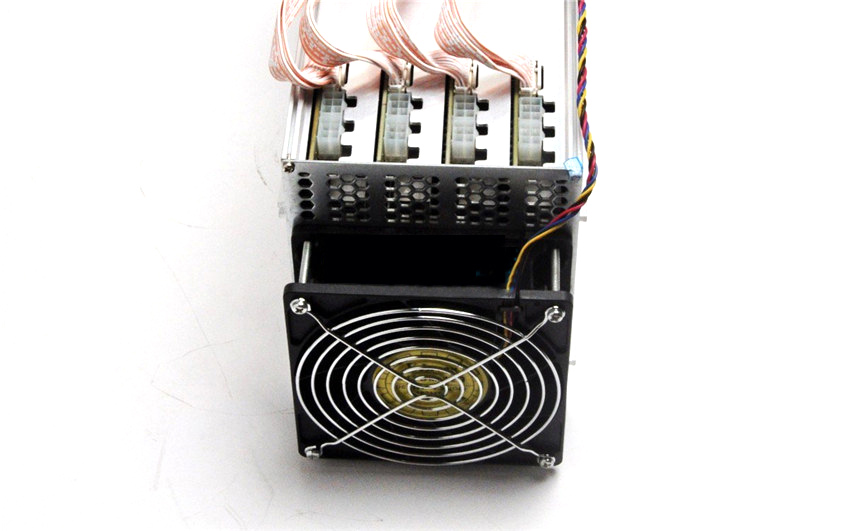




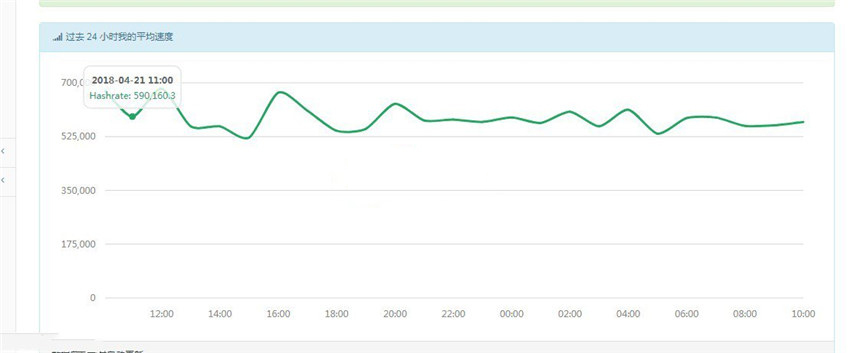
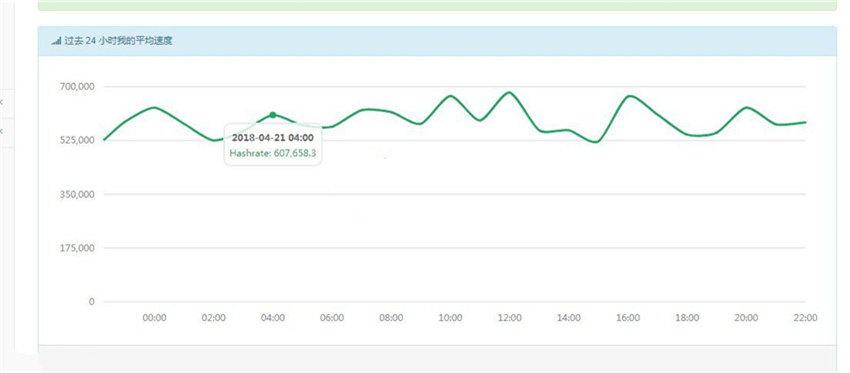
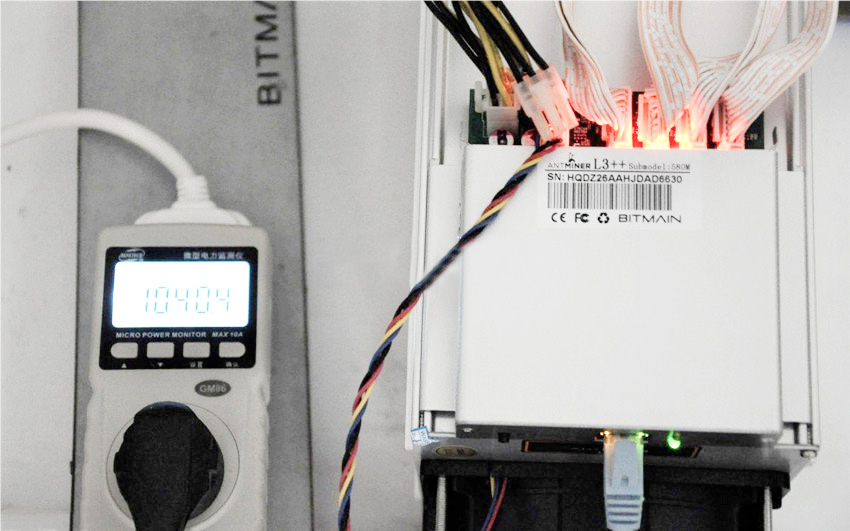



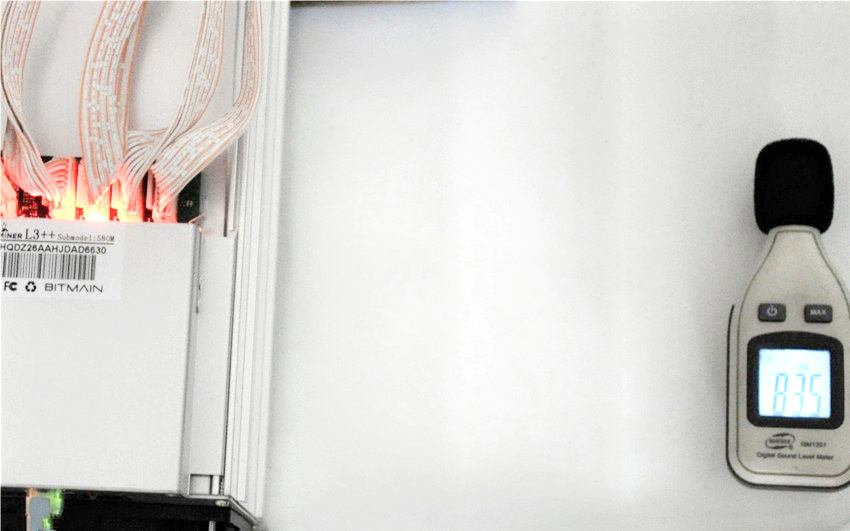
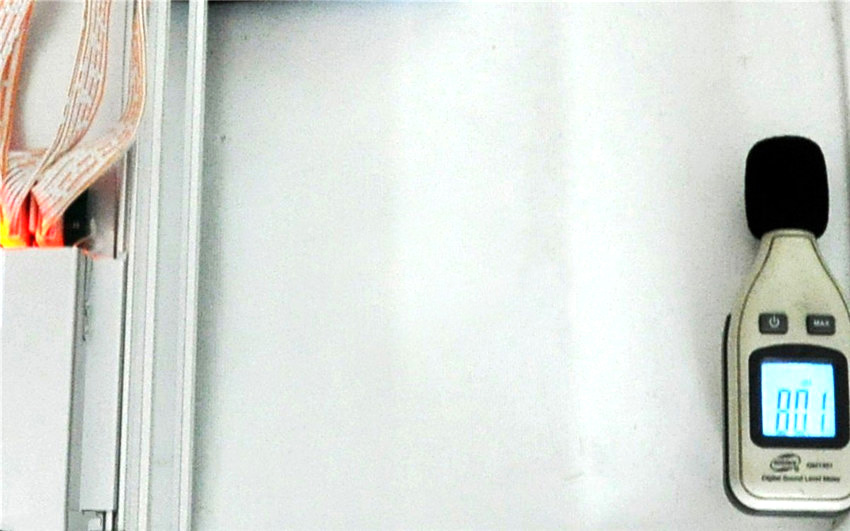
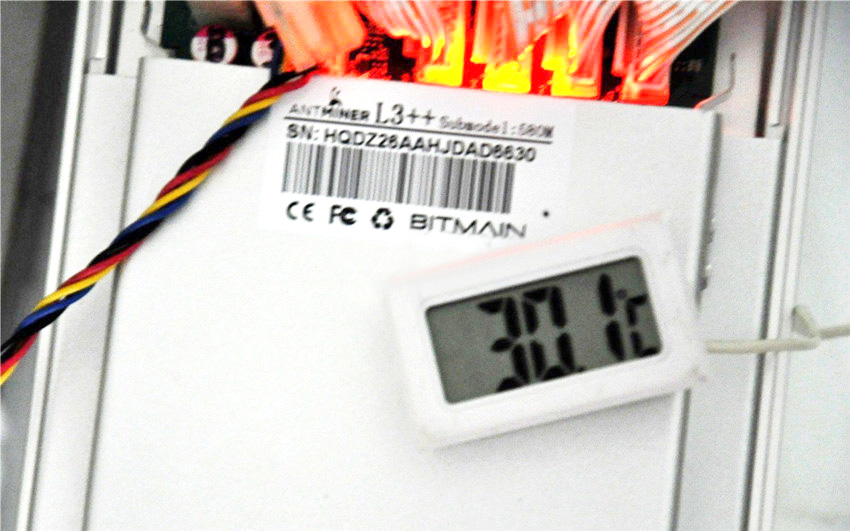
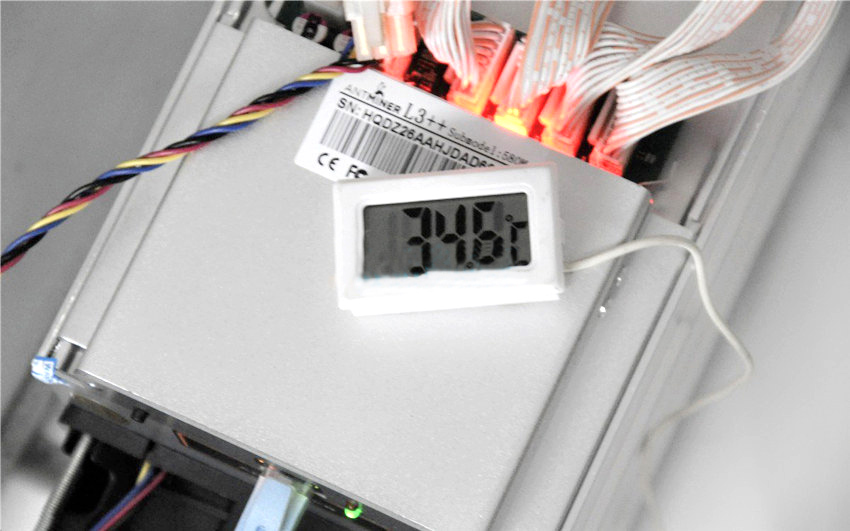
Comments
Post a Comment
Tell us your opinion